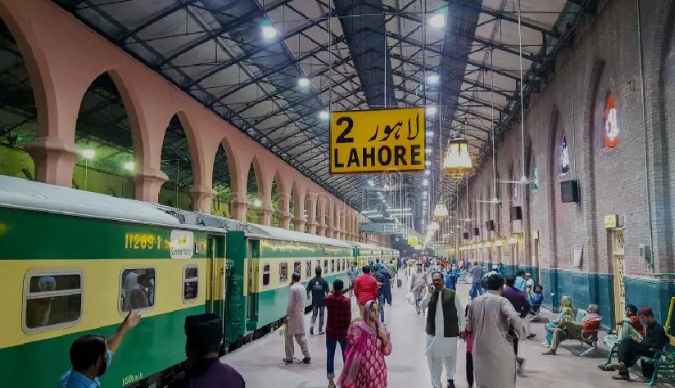Pakistan Railways Procurement Challenges
Facing strong objections from the finance and planning ministries, Pakistan Railways (PR) seeks a 130% increase in the procurement cost for approximately 1,050 bogies, raising the total cost to Rs71 billion. This rise primarily reflects currency depreciation and updated technical specifications. Recently, PR presented its revised case for increasing the procurement cost for 820 freight wagons and 230 passenger coaches—from Rs31 billion in 2017 to Rs70.97 billion—to the Central Development Working Party (CDWP), which deferred the decision for further review.
Pakistan Railways Procurement Challenges: Technical Approval Pending for Formal Consideration
Once the CDWP clears the proposal on technical grounds, the National Economic Council (Ecnec) Executive Committee is expected to evaluate it for formal approval. By June 30, Pakistan Railways had already received 292 of the 820 freight wagons and 78 of the 230 passenger coaches under two contracts with Chinese firms, with the remaining bogies scheduled for delivery by June 30, 2026. PR attributes the cost escalation to the exchange rate increase, moving from Rs104 in 2017 to Rs285 per US dollar, along with repeated bidding delays, partly due to the reassessment of the project under the China-Pakistan Economic Corridor (CPEC) and the ML-1 upgradation from Karachi to Peshawar.
Exchange Rate Dispute and Cost Adjustments
The Ministry of Finance has questioned PR’s currency estimate and suggested recalculating costs based on an exchange rate of Rs278 per dollar. On March 30, 2022, officials awarded the 820 freight wagons contract to M/S Baotou Beifing Chuangye, China, for $41.64 million, while CRRC Tangshan Co, China, received the contract for 230 passenger bogies on October 29, 2021, valued at $148.89 million. PR also notes a 15% rise in trade costs over the last five years, including increases in the freight on board component, local taxes, freight, and additional charges.
Purpose of Project and Delays in Alignment
The team originally designed the procurement project for 820 freight wagons to support coal transportation from the port to the Sahiwal coal power project. They planned the project timing to align with the completion of the power plants. However, with the operational Sahiwal plant, the planning ministry has expressed concerns that the rail project delay could lead to significant liability and called for a thorough reassessment of its feasibility.
Challenges with Funding and Execution Timelines
The Planning Commission has criticized Pakistan Railways’ lack of realistic timeframes and budget planning. The procurement process alone took three years, followed by another year to finalize orders with manufacturers. PR’s funding mechanisms add further delay, as quarterly fund releases often mean that the required 15% advance for contractors becomes available only two quarters later. These obstacles hinder timely project completion. The commission has emphasized that PR needs to improve revenue generation to support its procurement and manufacturing needs independently, as the government allocated just Rs6.16 billion for FY25 through the Public Sector Development Programme.
Current Performance and Recommendations
The finance ministry highlighted PR’s low contribution to national transportation, with only 20% of passenger and 4% of freight traffic moving via rail from Karachi to upcountry. Road transport, in contrast, carries 80% of passengers and 96% of freight, partly due to PR’s Rs55 billion loss in FY23. To address these challenges, the ministry has advised PR to prepare a detailed business plan aimed at increasing its market share in both passenger and freight services to justify and support the new investments.
PR recognizes that ageing freight rolling stock significantly affects its service efficiency. To counteract this, it aims to modernize its fleet with high-capacity wagons and more powerful locomotives, seeking to restore operational efficiency and enhance its service delivery.


